Seven months into the Coronavirus pandemic, Jammu and Kashmir is struggling to cope with the rising number of infections and deaths. With winter approaching, the government needs to get its act right before infections multiply causing more deaths, reports Umar Mukhtar while assessing the impact of interventions and counter-pandemic measures in Kashmir
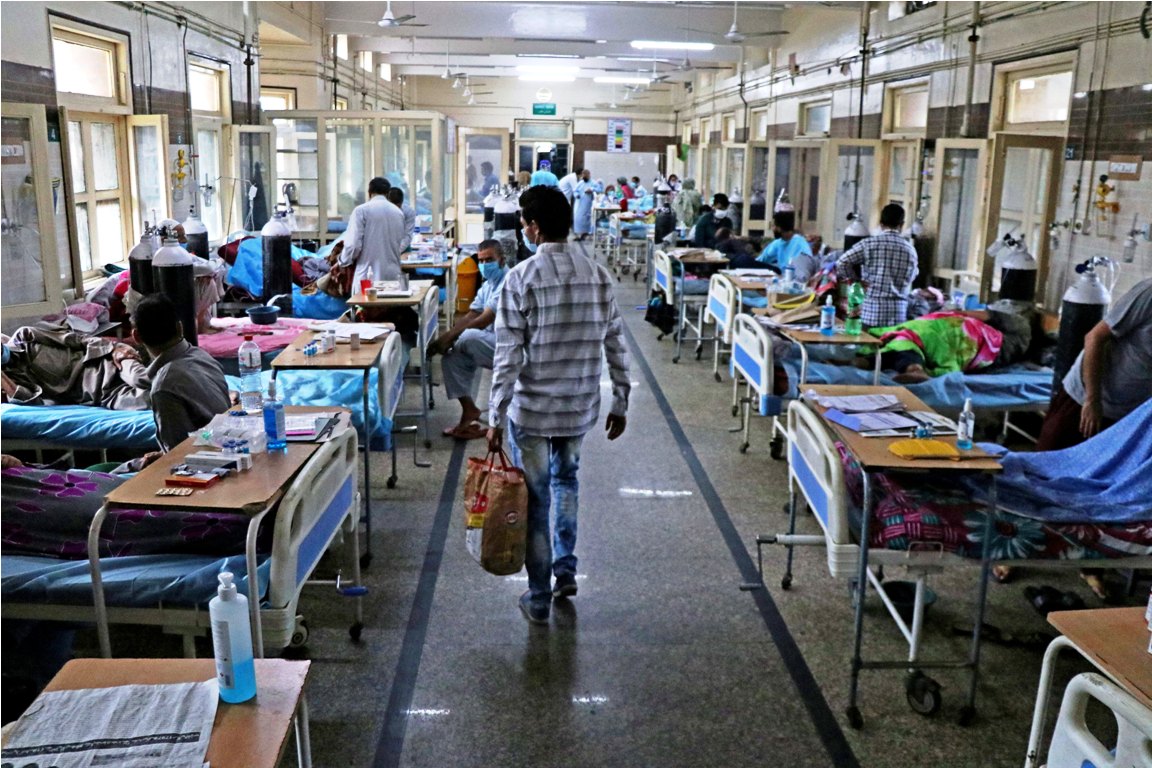
On September 20, 14 fatalities related to Coronavirus infection took the death toll due to pandemic in Jammu and Kashmir past the 1000-mark. Since then more than 300 more people have perished.
The first Coronavirus related death in Kashmir was that of a 63-year-old man from Srinagar up-town on March 26. So, in a span of fewer than seven months, almost a medium-sized graveyard stands added to the sprawling cemeteries in Jammu and Kashmir. More than 900 deaths have taken place in Kashmir’s 10 districts, mostly in Srinagar.
“Dying of 1000 people due to the Coronavirus has dispelled the notion among people that the contagion is a myth,” Doctor’s Association President, Dr Suhail Naik said. “It is a reality”.
True, pandemic is a disaster and is all about the deaths and sufferings but it also reveals the responsive mechanism of the government and the society. Deaths have scared people. They are struggling to adapt to runaway pandemic that shows no signs of abating anytime soon. But along the way, they have learned their lessons and evolved their response to the pandemic.
Lessons Learned
The stubbornness among the people to accept reality has somehow created hurdles in adopting the SOPs. But the deaths made them understand the gravity of the virus.
“The first lesson we learned is that Covid-19 is a reality, and people die irrespective of age,” Dr Naik said. Initially, there was a lot of reportage about the deadly virus sparing certain people have proved quite a hoax.
Initially, it was largely the elderly people who fell prey to this sub-microscopic creature. It led to a self-created notion among the people that young people are immune to the virus, thus taking it lightly.
“Virus attacks all age groups. We have witnessed the death of a young doctor from the Pampore area and that of a 25-year-old youth also,” said Dr Naik. “The virus attacks lungs damages them, and kills the person. The reality is this”.
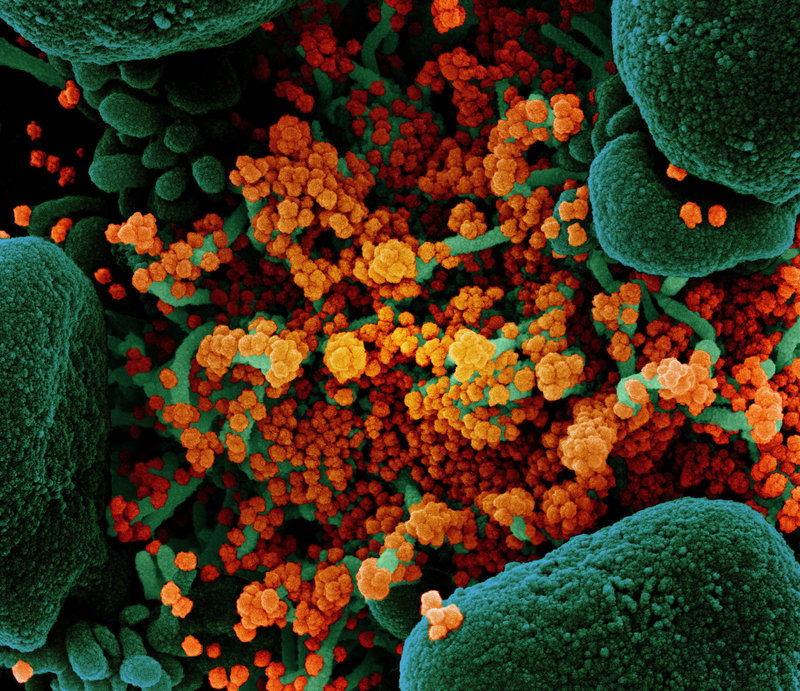
The other lesson learnt is that continuous efforts pay back. “The trust that people repose in the doctors is because the medical fraternity worked tirelessly to serve the people,” Dr Naik said. “The doctors and paramedics have shown exemplary courage in the crisis and are still working with the same enthusiasm and zeal to serve the people. You will not find a single example where a doctor or paramedic has resigned out of fear of getting infected by the virus.”
The pandemic management systems in Kashmir remain by-and-large smooth and better unlike, for instance, in Jammu where most of the hospitals crumbled under the new load. Jammu has started reporting more Covid-19 patients since early September, a trend that is stabilising now, and the pandemic is adding more numbers from Kashmir. Dr Naik wants the people to follow the SOPs to reduce the spread of contagion. “If a person takes precautions like wear a mask, maintain hand hygiene, and observe physical distancing, these three things work as a potent vaccine,” Dr Naik said. “If people will take precautions, there will be lesser number of people who will get infected in a given period of time and that is very important for health care infrastructure and manpower. A limited number of people can be easily managed.”
Apart from the lessons learned, the deaths have exposed some discrepancies that are still there and need to be addressed at the earliest to avoid further losses.
Discrepancies
One thing that has detrimentally impacted the fight against the pandemic is its flawed management. The pandemic has been largely managed by the bureaucrats, not by the experts. The decision making had to be precise but there was a multilevel response to the crisis that has hardly helped in the control of the virus.
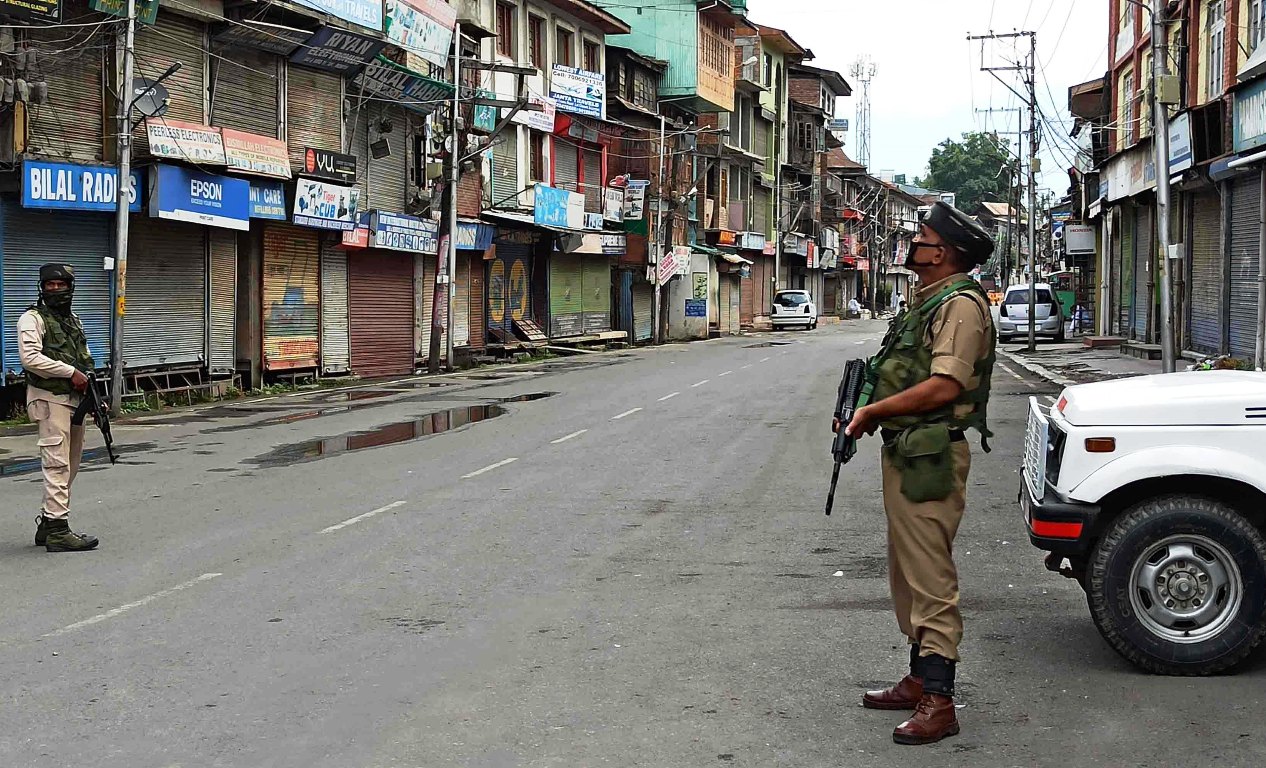
“There has been a multi-level decision making at the government level. Commissioners, deputy commissioners and bureaucrats were involved. No doubt it is a teamwork but an expert committee of eminent scientists, doctors, and researchers would have been more appropriate to frame policies at this point of time. They should have been taking the decisions,” said Dr Mir Nazir, a consultant at district hospital Pulwama.
According to Dr Nazir, bureaucracy should have taken a backseat here, which unfortunately did not happen. “Experts were led by the bureaucrats. Medical experts should have otherwise been planning,” Dr Nazir said.
Quite often it was seen that policies were being framed and then rolled back within a short period of time. Apart from that the coordination between the civil administration and the law enforcement agencies was a problem. At Pulwama, an ambulance driver was beaten by the police. “Imagine an ambulance driver getting beaten in a situation like a pandemic,” said Waseem a social activist. At some places, even doctors were manhandled. At one point, the administration’s response to Coronavirus became synonymous with a counter-insurgency operation. After these instances, however, cops were, for a change, seen presenting flowers to the doctors at the hospital gates.
While healthcare infrastructure was struggling to deal with the rising number of Coronavirus cases, the security management of the situation was becoming efficient by the day. And this management was not only about the concrete barricades in red zones but also about the way government went about tracing the Covid suspects by remotely mining their smartphones for data about their travel history.
In one case, a quarantined person was picked up after his phone had betrayed a recent trip to Nizamuddin, the place that had then become controversial for hosting a Tablighi Jamaat seminar where several attendants had become infected.
Also, the use of technological surveillance in contact tracing set the police in pursuit of an ever-larger number of people as the number of Covid-19 cases rose. The operation took on a much bigger scale than the circumscribed and targeted surveillance to track down militants and their sympathisers. The shadowing extended to social media where tackling “Coronavirus misinformation” was added to the existing task of targeting anti-national and pro-militancy posts.
As for the infrastructure facilities at the start of the crisis, the government was caught sorely under-prepared, Kashmir had just 97 ventilators, 85 ICUs and sparse testing facilities. This could hardly meet the needs of the growing number of Covid patients. The quarantine facilities were largely a mess as the social media videos of their occupants bore out. They lacked the hygienic conditions, quality food and space or discipline to ensure social distancing. Some of these areas were addressed later and Kashmir is currently comfortably placed in managing the pandemic as long as the numbers remain within the range they are.

And, of course, one of the fundamental requirements in the fight against the pandemic, free-flowing communication is still not there. Government has refused to restore high-speed mobile 4G internet for the general masses, making it difficult for a large section of the population that gets its news through social media updates and videos to stay informed about the disease.
Similarly, earlier the government had a policy of quarantine for every asymptomatic as well as symptomatic person. A person was lifted and ferried to a quarantine place, then questioned – sometimes weirdly, like whom he met, who were his contacts, and many more things. “This caused chaos and confusion,” said Waseem Ahmad, a social activist.
The policy, later on, saw a shift and was rolled back. It was decided that the mildly symptomatic and asymptomatic patients would be kept in home isolation. However, the Pulwama administration did not comply with the policy and still continues to pick up patients and ferry them to quarantine places. “So, it underlines that in a situation like a pandemic, we need to work symbiotically,” said Waseem.
Home management policy has decongested hospitals and beds are now available for needy patients.
Dr Naik feels the inadequacies in Covid-19 fight are basically at the level of government policies. “The policy runs from the centre to state. They were changing the orders day in and day out,” Dr Naik said. The national; policy framework had no room for societal and cultural issues that hugely vary from place to place.
Also, the availability of the necessary things like, masks, sanitizers, oxygen concentrators was a big issue initially. Though that was tackled, the prices and black marketing continued unchanged. “You still get a disposable mask at the rate of Rs 10 being sold in Lalchowk,” said Saif, a student.
Guard Lowered
Now after more than 1350 deaths, there is a drastic shift in the response towards the crisis, both at the government and the societal level. The SOPs are no longer observed as strictly as they used to be.
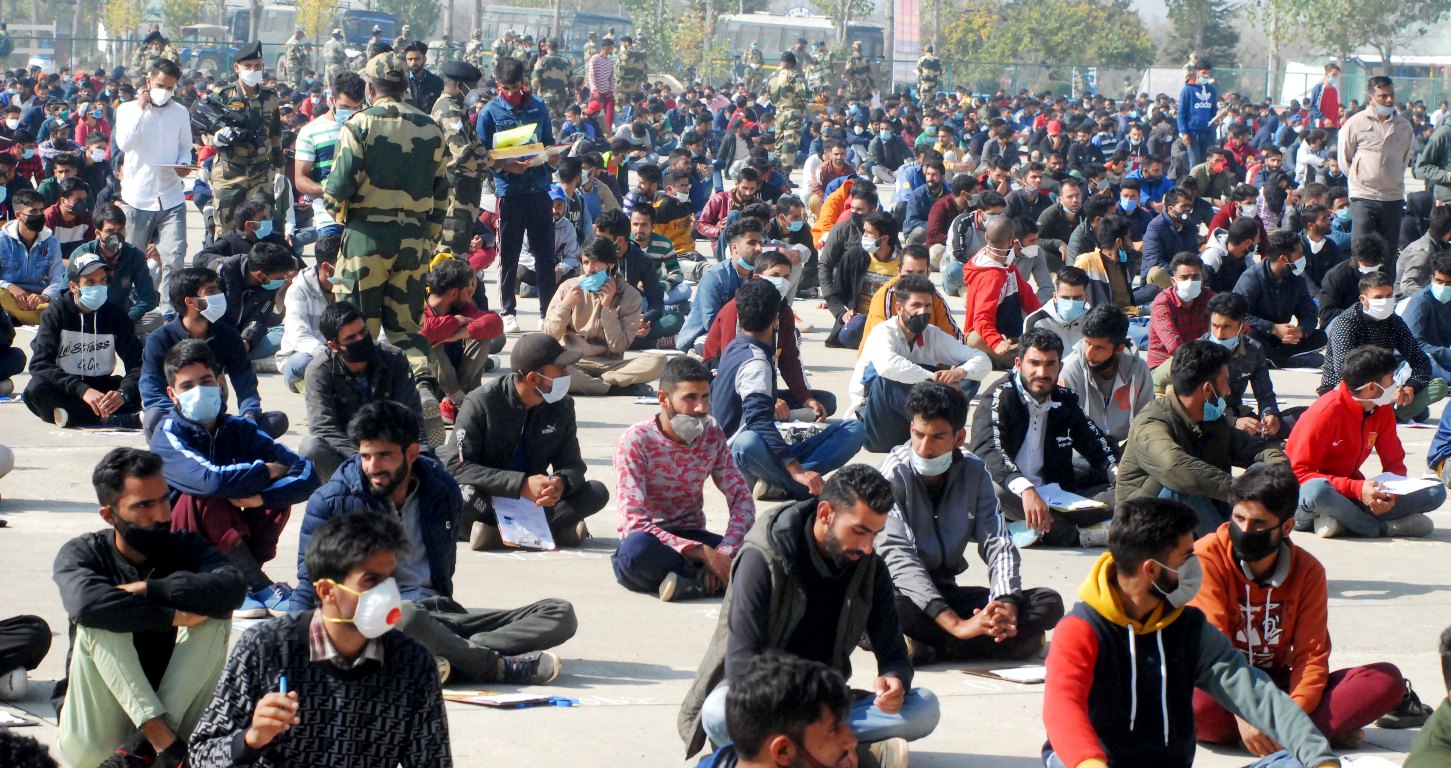
The normal physiological reaction of a human being to the confinement is that after a certain time he defies it. This is what happened in the Kashmir too. Now people at the market places can be seen without masks and not following the SOPs.
“People have developed a sense that the virus has not done the mass killing here,” said Dr Naik. “This is not true. It can be disastrous at any moment of time”.
Also, at the government level, they have almost given a nod to most of the public institutions to operate. “Until and unless the vaccine is not available, such actions could cost us dearly. The current death toll can multiply then. As a matter of fact, winters are also approaching, that is the season when we routinely used to get a surge in respiratory-related cases,” Dr Naik said.
Approaching Winter
There are multiple respiratory problems that usually pop up during winters, where patients with chronic obstructive pulmonary disease (COPD) and asthma come to hospitals. They develop such issues because of the cold.
“People will come to hospitals. Such patients need oxygen concentrators,” said Dr Naik said, adding that observing safety precautions was the only to ensure the virus doesn’t multiply in winter. “This will trigger a runaway crisis”. An official in the health department said that at present there is a need for almost 4000 oxygen concentrators and in winter the demand may get up.
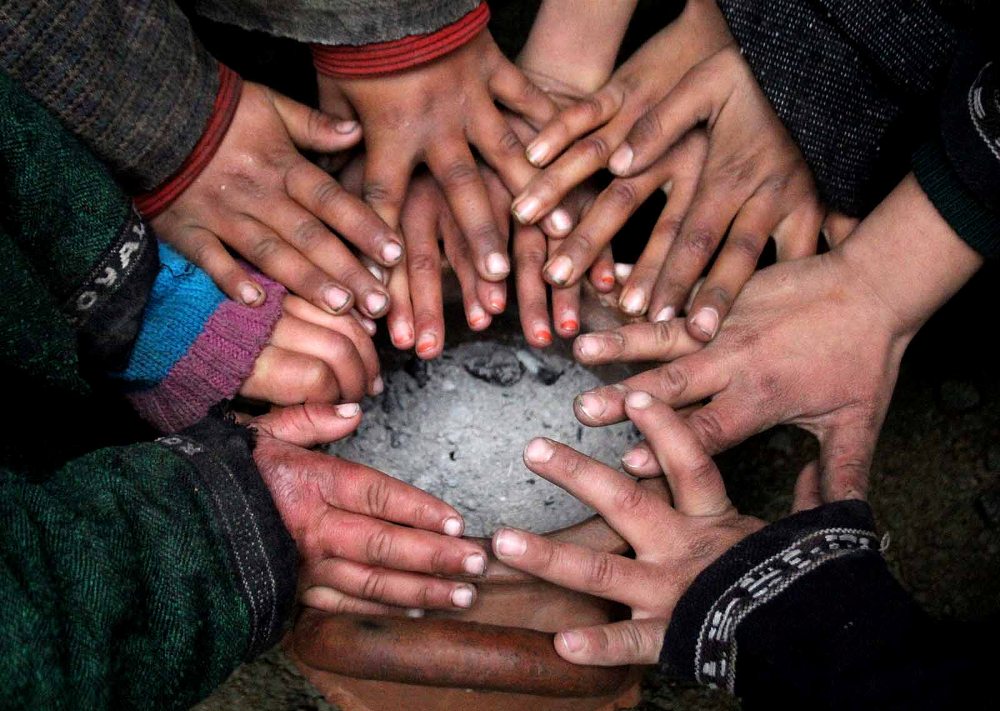
“People have to keep their rooms well ventilated with proper heating arrangements. Also, overcrowding should be invariably avoided. The heating arrangement should be electricity based rather than the gas run heating system. Carbon monoxide is a serious crisis to patients suffering from respiratory ailments,” said Dr Naik.
Dr Nazir, however, sees winter as a balancing period to cope up with the virus until the vaccine is available. “Winter can balance the things as people mostly elderly remain inside their houses most of the time. Only proper management at home is required,” he said.
Infected Again
Jammu and Kashmir is about to reach 80 thousand case-load of Covid-19 positive patients. By now, almost everybody is recovered and the active cases are below 10,000.
A thousand deaths, experts say, is a number that in a pandemic situation can take place in a single day. The data that keeps the track of the deaths shows that even two serving doctors have lost their lives in the fight.
Many doctors got infected, but once they recuperated, they again wore the PPEs and joined the fight. Dr Mir Mushtaq is one such doctor. His condition was critical and he was on a ventilator for many days. But as he recovered, he again joined the duties and is serving in a Covid-19 designated hospital.
“It was July 2 when I got infected in the Pulwama hospital, then I was admitted at SKIMS for about a month. You know the dearth of the manpower here. So, if I will not be there to help the people, I think it will be an injustice to my profession,” Dr Mir Mushtaq said.
= Same was the case with other medical staff. Altaf Ahmad, who serves the SKIMS, was mildly impacted in the first round and recovered quickly and resumed duties. After a month, he was infected and this time it was quite serious. He spent more than 10 days in the hospital and was on oxygen. Once he recovered, he barely took a few days off for rest and has resumed his duties already.
Irshad Ahmad is a paramedic in a state-run hospital in Srinagar. He got infected in May. “I was injecting a vaccine to a Covid-19 patient when he accidentally sneezed. I could sense the tiny droplets on my arms,” Ahmad said.
Though he immediately sanitized himself, the infection is a matter of chance. Ahmad was unfortunate, the virus had entered him. After two days, Ahmad developed signs and was tested positive. To his luck, he recuperated in just 10 days. He is now back to duties.
Apart from duties, Ahmad is just one call away in his locality. He reaches to the patients in need, who cannot go to hospitals. “There are other elderly patients who are at home, some people just need dressings, and some want to get injections. In such times it gets hard for them to find someone around to look after,” he said.
Pandemic is not only about the disease, it is something that involves society as a whole and demands the all-out participation of people in its fight.
NGOs
Kashmir may not have fought the pandemic better had the countless charities and NGOs jumped into the ring, within days after the counter-pandemic drill started.

Social Reforms Organization Kashmir (SRO), also known by its earlier name SRO Batamaloo is an NGO that is on the forefront in the fight against the pandemic. The NGO was started by some boys’ way back in 2005 to cater to the small local issues in their area. In 2014 floods and 2016 unrest they have done a lot of work in their area. But as the pandemic started, they started getting distress calls from people from different areas. They had no option but to get up and work.
Aafaq Ahmad, a core member and a social activist said that, as they received calls they asked for donations and till now have collected around 80 lakh rupees.
“Those were the very initial days here and I could sense the things are not going to be good, so we decided to procure oxygen concentrators and cylinders,” Aafaq said. “Initially, we bought 65 oxygen concentrators and kept these available to the people without any prerequisites”.
Right now, the NGO has 225 oxygen concentrators, 10 LPM oxygen concentrators, and high flow oxygen cylinders.
Also, in view of the coming winters that usually see the electricity outages, SRO Kashmir has already ordered a bulk of oxygen cylinders that would not be dependent on electricity.
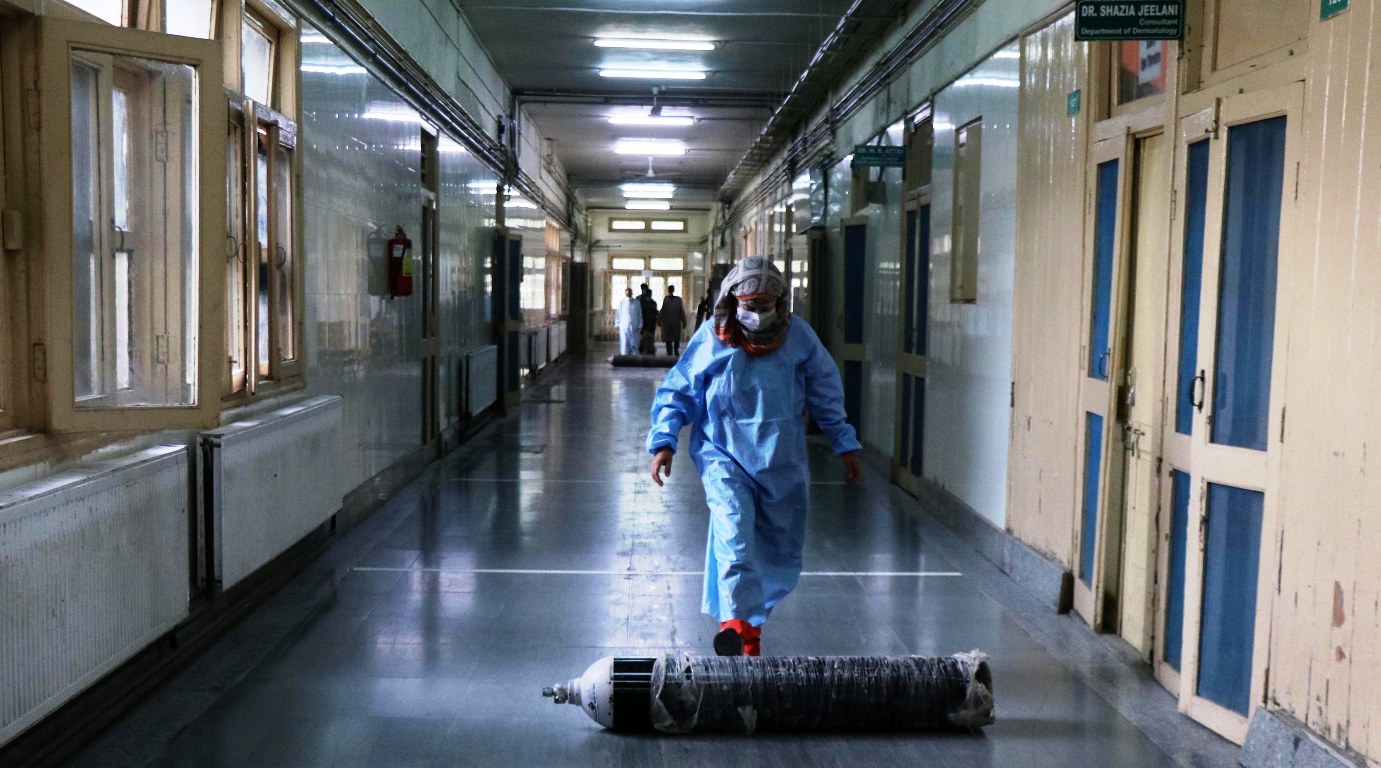
The pandemic is not something that is limited to cities. It transcends the boundaries and reaches the remotest parts. In cities, there are always options and alternatives available but the rural side is completely dependent on the government-run sector. So, like the virus, the concept of NGOs has traversed to the rural parts and they are managing there effectively.
Help Foundation is another NGO that is working in Pampore town. Like SRO the NGO was started way back to attend to issues of the area. But now the NGO is serving people with oxygen concentrators, oximeters, nebulizers, and oxygen cylinders.
The Pampore town and its adjacent villages is home to almost 40000 people. “We have collected around Rs 6.5 lakh in donations and have 15 oxygen concentrators, 5 cylinders, 8 oximeters, and 3 nebulizers that we give to the needy people,” said Tahir Ahmad, a core member of the NGO. Also, the best thing about the NGO is that they provide home service of technicians and medical expert to the needy.
“At first we used to get around 8 distress calls but now on an average, we get 3 calls a day,” Tahir said. According to him, social media played a very important role in the crisis. They asked for donations via social media and people who need help contacted them through social media.
“Also, social kept our accounts open to everybody. And that is the best part when you are dealing with the public money,” Tahir said.
Fighting Virtually
Though there are these people on the ground risking their lives in the fight against the pandemic there are also the people who fight virtually.
Corona Watch J&K, is a page on Facebook. The page has more than 21 thousand members. It was created with an aim to provide information regarding the virus. Mohammad Aafaq, the admin of the group said that he created it on March 25 and kept 5 doctors as admin, so that they will educate people about the virus. Within a short span of time, as the cases began to surge on the ground, thousands and thousands turned to the virtual platform for information, some of them asking for help.
“It soon turned into a movement,” Aafaq said.
At first, they got calls for the food packets and then about the help for the patients. Though it was just a social media account, so to work legally, they collaborated with the SRO to get donations and help the people.
This is the most active page on social media where everyday people with symptoms come and make enquiries. The page is managed by 10 people as of now.
As the traffic of users was high, Ahmad had to create a separate website that gives daily information about the Coronavirus. Apart from that, he has created a group called Plasma Kashmir, where there are active 350 donors in the group ready to help.
What Next?
The government can do many things other than an easy recourse to lockdown. For one, there’s an urgent need to enforce the safety precautions in order to contain the pandemic. And to start with, there has to be an aggressive campaign to enforce the use of masks. More alarmingly, the masks are conspicuously absent from the faces of most of the people walking on the streets or those of the passengers using public transport. And none of these violators is taken to task.
The government is ready to lock everything down at the drop of a hat, but it shirks from implementing the law when it comes to forcing people to observe precautions during the unlock period.
The administration needs to urgently work on two fronts: one, run an earnest awareness campaign alerting people to the deadliness of Coronavirus and the urgency of observing safety precautions. Second, take strict action against the people who go out without masks or participate in large gatherings. These are the only pragmatic and hopefully helpful tools to tackle the contagion, with least damage to the economy.
There is also an urgent need to involve the community in the effort, including youth, mohalla heads and the clergy who will be tasked to exhort people to observe safety guidelines in their respective areas. This should have been done much earlier.
In Kashmir over the past year, the administration has so obsessively regulated and dictated the public lives of people that the latter have almost forgotten to mind them on their own. This is starkly reflected in the way the fight against Coronavirus has been carried out. The administration has taken to control the situation in a way that is no different from the security management of the situation: This has denied people a sense of agency to act in their own interest.
This partly explains the indifference to Covid-19 safety protocols among people as they see controlling of the runaway contagion as the exclusive remit of the administration. This should force the government to introspect. It is not when it takes each and every decision on behalf of the people and inflicts sweeping lockdowns but when it makes them a stakeholder in these decisions. An effective fight against Covid-19 needs the administration and the public to work in tandem not the former trying to do it through thoughtless government decrees that achieve little more than throwing the lives of people upside down.
(Note: THis copy appearing in the print edition with a different headline)















